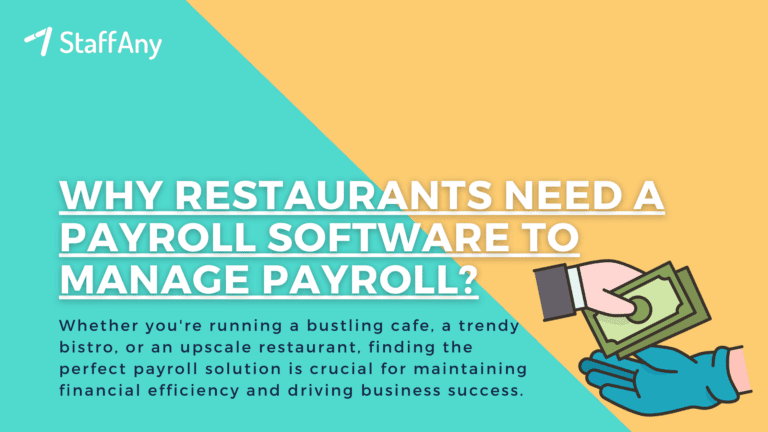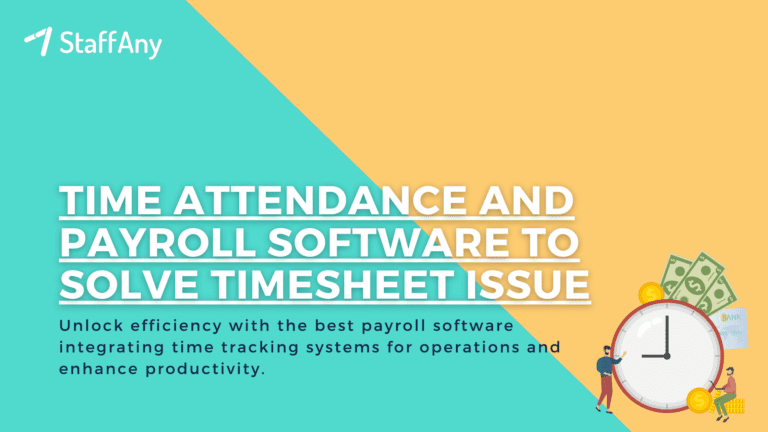In Malaysia, employers are obligated to contribute to the SOCSO to ensure the well-being and protection of their employees. Understanding the SOCSO employer contribution rate is crucial for businesses to fulfil their legal responsibilities while safeguarding their workforce.
In this guide, we will delve into the essentials of SOCSO, when and how to make contributions, the wages subject to contribution, and the process of registering with SOCSO. Let’s get started!
What is SOCSO?
SOCSO (Social Security Organization), officially known as PERKESO (Pertubuhan Keselamatan Sosial), was established in 1971 under the Ministry of Human Resources (formerly known as the Ministry of Labour) with the primary objective of providing social security protection to all employees and workers in Malaysia. This statutory body plays a pivotal role in safeguarding the welfare of employees and their dependents during unforeseen circumstances or accidents arising from work-related activities.
What are the Functions of SOCSO?
SOCSO carries out various functions to ensure the well-being and security of the workforce in Malaysia. The key functions of SOCSO are as follows:
1. Registration of Employers and Employees
One of the essential tasks performed by SOCSO is the registration of employers and employees. Employers are required to register their businesses with SOCSO, while employees are automatically covered by social security protection upon employment.
2. Collection of Contributions from Employers and Employees
SOCSO operates on a contributory basis, where both employers and employees are required to make contributions towards the social security fund. Employers are responsible for deducting the employee’s share from their wages and adding their own share before submitting the total contribution to SOCSO.
3. Payment of Benefits to Workers and Dependents
When tragedy strikes, and an employee cannot work due to work-related injuries, illnesses, or accidents, SOCSO provides financial assistance. The organisation benefits the affected workers or their dependents, helping them cope with the challenges brought on by such unfortunate events.
4. Provision of Physical and Vocational Rehabilitation Benefits
In addition to financial assistance, SOCSO also provides physical and vocational rehabilitation benefits to help injured employees recover and return to the workforce. These rehabilitation programs aim to enhance the physical and mental well-being of the affected individuals, enabling them to resume their regular work activities.
5. Promotion of Awareness of Occupational Safety and Health
SOCSO actively promotes awareness of occupational safety and health practices among employers, employees, and the general public. By organising seminars, workshops, and awareness campaigns, SOCSO aims to reduce workplace accidents and create a safer working environment for everyone.
When and How to Pay SOCSO?
Managing SOCSO contributions efficiently is crucial for employers to ensure the well-being and security of their employees. To streamline the process, PERKESO introduced the PERKESO ASSIST Portal on 1st January 2018. This portal facilitates employers in managing their registration, updating records, and making contribution payments in a convenient and timely manner. Let’s explore the steps to pay SOCSO contributions:
1. Register and Obtain the ASSIST Portal ID
Employers interested in using the PERKESO ASSIST Portal need to register and obtain their unique ASSIST Portal ID. To do so, they must fill in the relevant form for PERKESO ASSIST Portal ID, which can be downloaded from the PERKESO website. Once completed, the form can be submitted to the nearest PERKESO office for processing.
2. Access the PERKESO ASSIST Portal
To access the PERKESO ASSIST Portal, employers can visit the official website of SOCSO at www.perkeso.gov.my and log in using their ASSIST Portal ID. This user-friendly online platform allows employers to manage their SOCSO-related tasks efficiently.
3. Payment through Appointed Banks
Employers must have a registered account with the appointed banks to facilitate their SOCSO contribution payments. You can check out the banks appointed by PERKESO to collect contributions here.
4. Payment at Bank Counters
Employers can make their contribution payments through bank counters using the ACR reference with contribution data submitted through the PERKESO ASSIST Portal. This method allows for seamless and accurate transactions.
5. Payment at PERKESO Offices
Another option available to employers is to make contributions directly at PERKESO offices using the ACR reference and contribution data submitted through the PERKESO ASSIST Portal. This approach provides a convenient in-person payment option for those who prefer it.
6. Payment Method
Contributions payable for a specific month must be paid no later than the 15th day of the following month. For instance, contributions for July 2023 must be paid by the 15th of August 2023. Employers must ensure timely payments to avoid interest charges.
7. Late Payment Charges
In cases of late payments, interest will be imposed at a rate of 6% per annum for each day that contributions remain unpaid beyond the stipulated period. To avoid additional expenses, employers should prioritise punctual contribution payments.
Read more: Basic Salary in Malaysia and Its Regulations
What Wages are Subject to SOCSO Contribution?
SOCSO contributions in Malaysia are based on a broad range of wages and remunerations that employees receive. Employers must be aware of the specific types of income subject to SOCSO contribution to ensure compliance with the regulations.
The following are the wages and remunerations that are subject to SOCSO contributions:
1. Salary/Wages (Full/Part-Time, Monthly/Hourly)
The primary component subject to SOCSO contribution is the salary or wages of employees, regardless of whether they are full-time or part-time workers. Whether paid on a monthly or hourly basis, the employee’s regular income forms the foundation for calculating the contribution amount.
2. Overtime Payments
Any additional payment made to employees for working beyond their regular working hours, commonly known as overtime pay, is also subject to SOCSO contribution. This includes overtime hours worked during weekdays, weekends, or public holidays.
3. Commission
Variable payments such as commissions, often earned by salespersons and employees based on their sales performance, are included in the wages subject to SOCSO contribution.
4. Paid Leave (Annual, Sick, Maternity Leave, Rest Day, Public Holidays)
Wages paid to employees during periods of leave, including annual leave, sick leave, maternity leave, rest days, and public holidays, are subject to SOCSO contribution. This ensures that employees remain protected even when they are on leave.
5. Allowances
Allowances provided to employees, such as housing allowance, transportation allowance, or any other additional remuneration beyond their basic salary, are considered as part of their wages and are subject to SOCSO contribution.
6. Service Charge
In certain industries, such as hospitality or food services, employees may receive service charges as part of their compensation. These service charges are also subject to SOCSO contribution.
Read more: Employee Turnover Rate: Measuring and Reducing
SOCSO Employer Contribution
In Malaysia, SOCSO plays a crucial role in providing social security protection to employees. Both employers and employees contribute to the SOCSO fund, ensuring that employees receive essential benefits and coverage during unforeseen circumstances.
SOCSO contributions are made based on an employee’s monthly wage and are shared between the employer and the employee. The total contribution comprises two components:
1. Employee’s Contribution (0.5% of Monthly Earnings)
The employee’s share of the contribution is calculated at 0.5% of their monthly earnings. The monthly earnings are categorised into 24 wage classes, each associated with a specific contribution rate as outlined in the Contribution Table & Rates provided by SOCSO.
2. Employer’s Contribution (1.75% of the Monthly Payroll)
On top of the employee’s contribution, the employer is responsible for contributing 1.75% of the total monthly payroll of all employees to the SOCSO fund.
While most employees and employers are obligated to contribute to SOCSO, certain categories of individuals are exempted from compulsory contributions. Self-employed persons, domestic workers, and foreigners fall into this exempted category. However, they have the option to enrol in voluntary coverage if they wish to avail themselves of the social security benefits provided by SOCSO.
For a comprehensive understanding of the contribution rates and calculations based on different wage classes, employers can refer to the official Contribution Table & Rates provided by SOCSO.
Understanding SOCSO employer contribution is paramount for employers in Malaysia to fulfil their legal obligations and provide essential social security protection to their employees. By contributing diligently to the SOCSO fund, employers demonstrate their commitment to safeguarding the welfare of their workforce during challenging times.
The well-structured social security system not only ensures financial support for employees and their dependents but also fosters a sense of security and loyalty within the workplace.
As an employer, navigating the intricacies of SOCSO contributions can be challenging. However, you can streamline your workforce management further by utilising modern tools like StaffAny, a roster making app.
With StaffAny, you can efficiently manage employee schedules, attendance, and payroll, allowing you to focus on what truly matters – the well-being of the employees. Contact us to discover how StaffAny can revolutionise your employee scheduling and attendance tracking processes!











